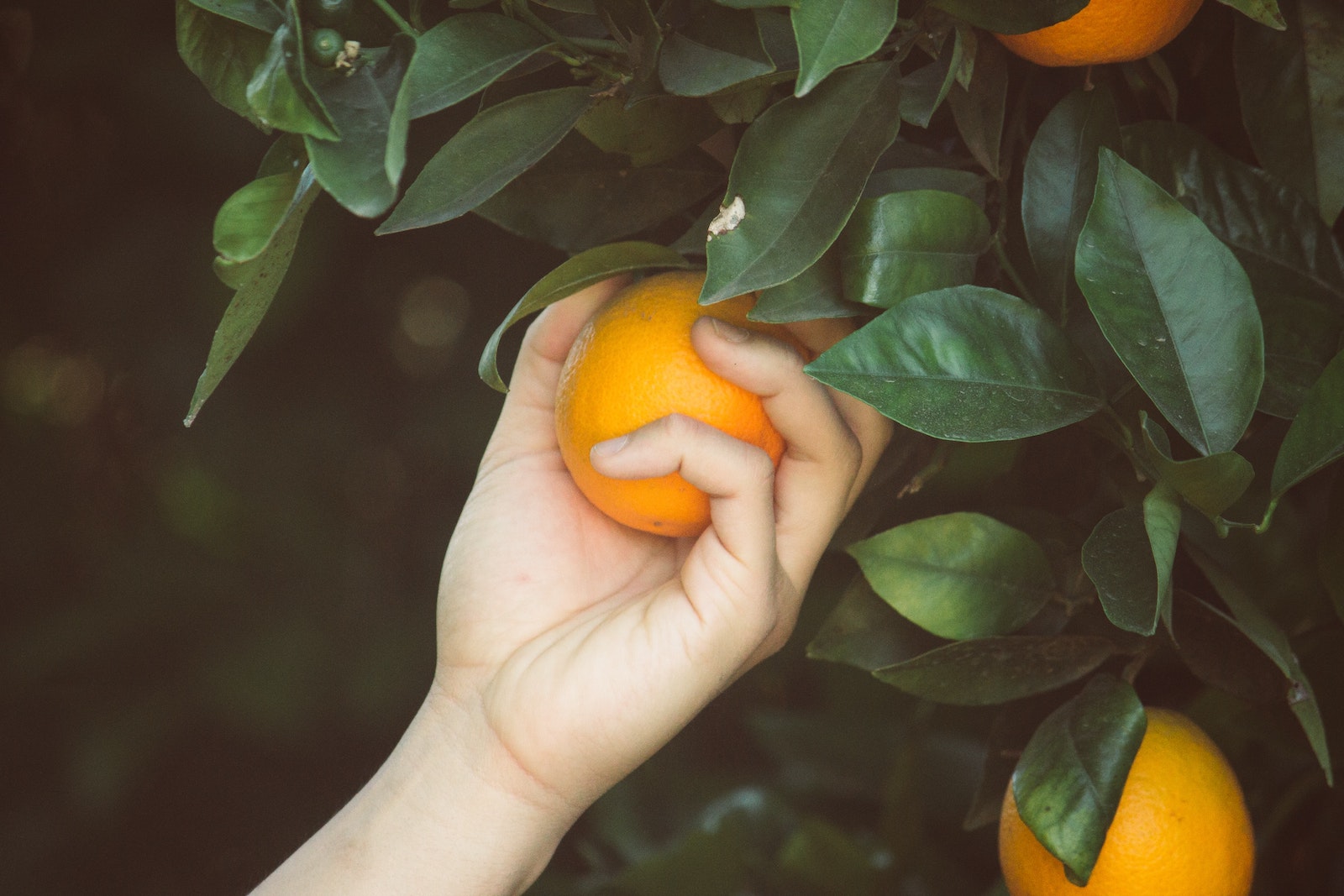Written by Dynamis Ministries | March 16, 2023
For most of us, the expression “carpe diem” is a familiar term. It’s been commonly translated as seize the day and is quoted by self-help celebrities, our favorite podcast hosts and workplace leaders. We see this phrase posted in gyms, written about in books or even tattooed on bodies as a reminder for how we should live. In performance-based and achievement-oriented culture in which we live, it’s easy to understand why this mantra has been so readily adopted. “Seizing the day” has become an expression that motivates us to power up and make the most of every opportunity that comes our way and not waste a second of our time.
But did you know that carpe diem doesn’t actually mean what we think it means? That’s right, according to Latin scholar Maria S. Marsilio, “Carpe diem is a horticultural metaphor that is more accurately translated as pluck the day.’”¹ The true meaning of this expression evokes metaphors that are more aligned with agricultural images of harvesting (plucking) or ripening fruits or flowers. It’s associated with a much slower rhythm that is seen in farming which includes preparing soil, planting, watering, patiently waiting for growth and eventually harvesting the fruits. This imagery is drastically different than that which we commonly associate with the seize the day expression.
When we understand the true meaning of this expression, it takes on a new application to our lives. Carpe diem is more about finding the beauty of the present moment in an ongoing process, rather than filling our days with tasks to accomplish. In the midst of our face-paced culture, when was the last time we intentionally cultivated the soil and planted good seeds in relationships? When was the last time we allowed God to work out his perfect timing in our plans instead of forcing things to happen ourselves? When was the last time we stepped outside and enjoyed nature and literally plucked the flowers? These can all be examples of what it truly means to “carpe diem.”
As we carry this new look at carpe diem into our lives, let’s also reflect on how this can affect our generosity. Much of our giving flows from our “spirit of generosity,” which is an awareness of the needs around us that is rooted in our own selflessness. As we try to fully embrace each present moment, let’s consider what opportunities are truly ripe for plucking. Sometimes the most opportune thing to do is put aside our daily agenda and express generosity to someone in need.
¹JSTOR Daily. (2019) How “Carpe Diem” Got Lost in Translation. https://daily.jstor.org/how-


